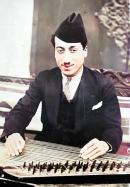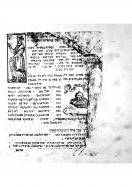(104 results found)
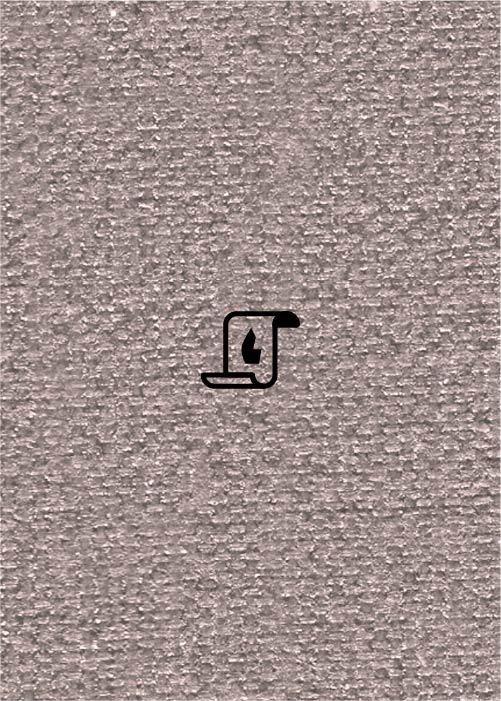
Hatikvah: Conceptions, Receptions and Reflections
… culture emerged in Palestine and spread throughout the Jewish world with remarkable speed.It also shows how its … and its splintering into discrete and often irreconcilable groups whose last moment of global solidarity was marked by … not without justification, considering the heavily German cultural and linguistic leaning of the early Zionist …
Nuestro Señor Eloheinu/Las tablas de la Ley: A Song for Shavuot
… connected to the performance practices of the local Jewish-Portuguese community. To the contrary, Salomon’s …
A Recovered Voice from the Past
… Jews, Heinrich Graetz, the great nineteenth-century German Jewish historian, once wrote, is essentially a history of … and saints, or Leidensgeschichte and Geistesgeschichte . Jewish Studies in this formulation consisted of the … as a whole. He left behind a legacy of iconic books and cultural artifacts that still define in many ways the Jewish …
Yossef (Yusuf) Zaarur
… This generational tension between well-to-do Baghdadi Jewish families and their youngsters who loved music and … musicians—still prevalent in early-twentieth century Iraqi Jewish society—as well the shifts in attitudes towards … in performances by two exclusive chalgi ensembles of Jewish musicians (the Pataw and Bassoon ensembles) who …
Ehad mi Yodea - Its sources, variations, and parodies
… the music within different historical contexts and local Jewish traditions. “E h ad mi yodea” is a cumulative song. … – God; two – the two tablets of the covenant; three – the Jewish patriarchs; four – the Jewish matriarchs; five – the five books of Moses; six – the …
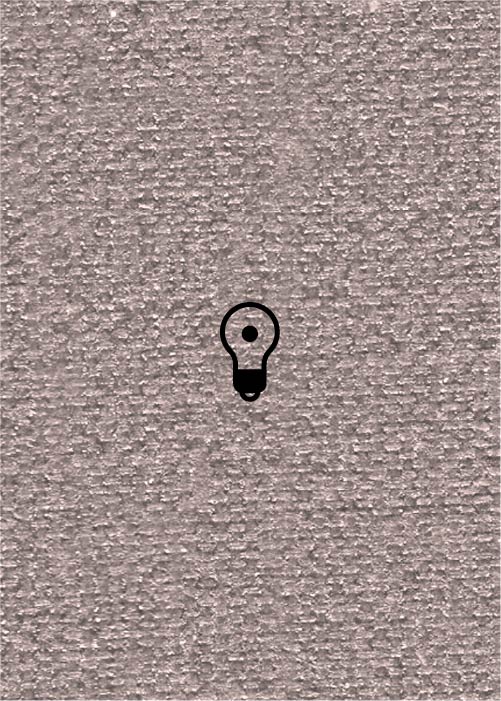
Marsh (LKT)
… Ukraine, 1820s-30s]. Fridkin 1925, p. 46 . “A Jewish wedding in the shtetl was a holiday... When Arish the … tunes which were usually adopted from the surrounding non-Jewish cultures. The adoption of marches by Hasidim is part of the process of borrowing non-Jewish tunes in order to sanctify them... Hasidic marches …

